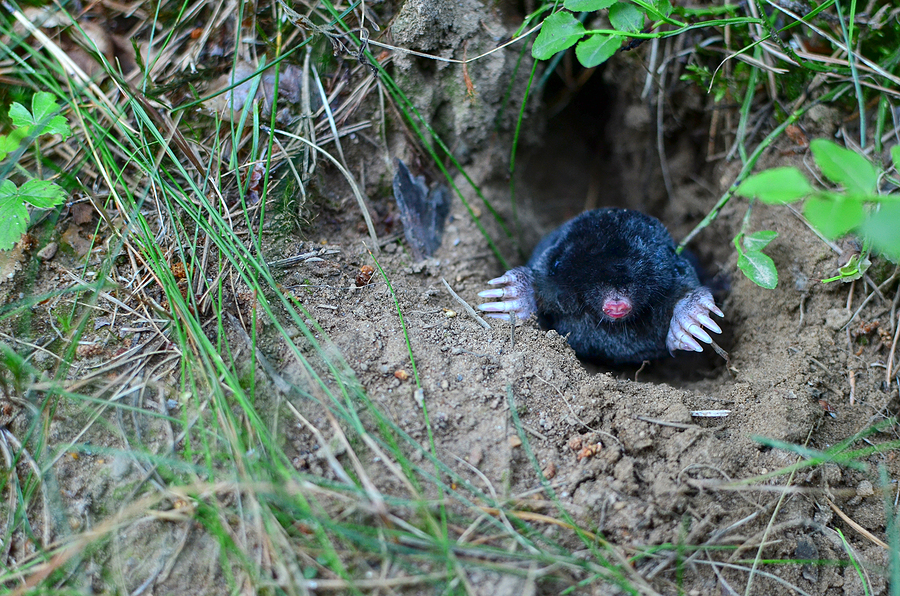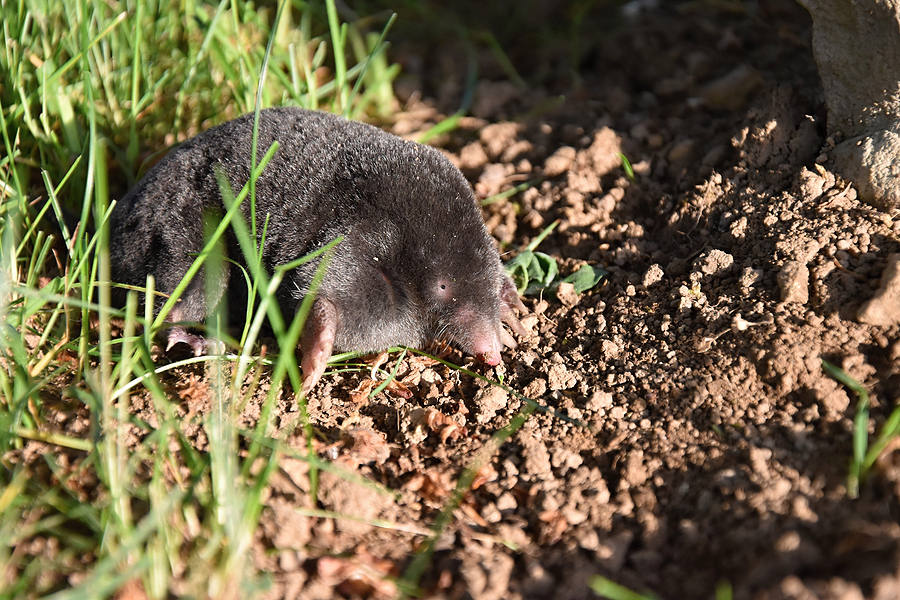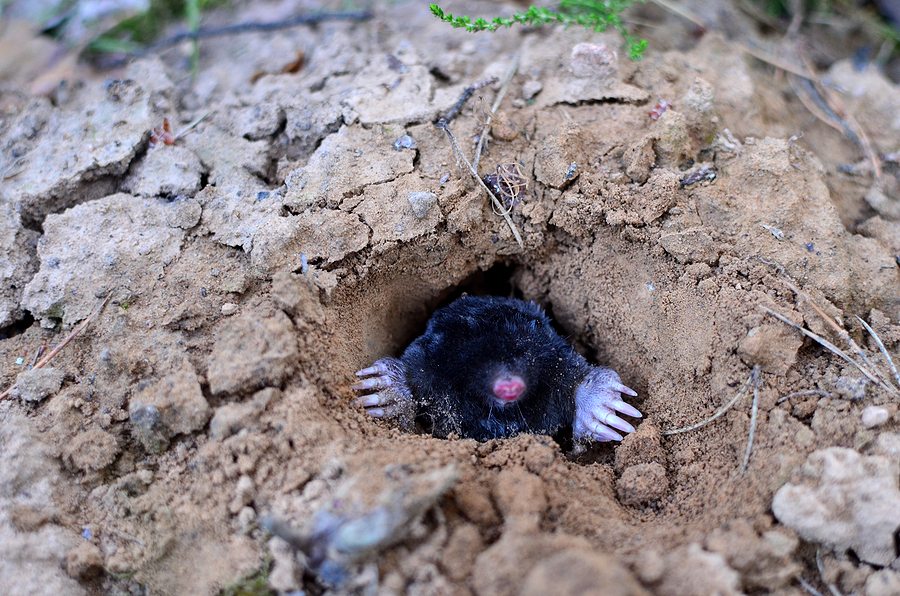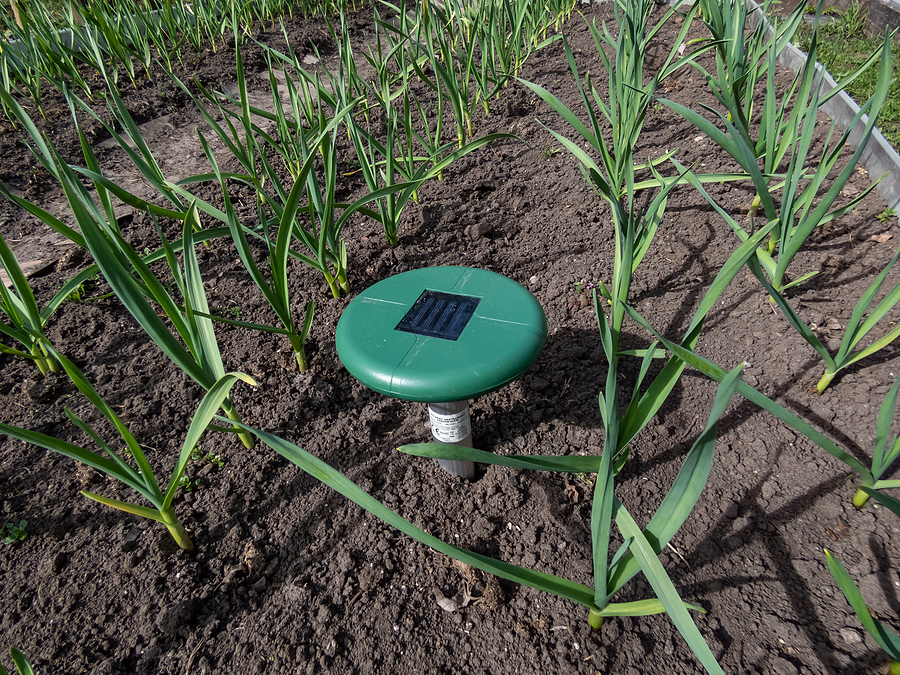For homeowners and garden enthusiasts, the serene and well-manicured beauty of a lush green lawn often stands in peril against a most enigmatic adversary – the yard mole. These subterranean mammals, though typically harmless to humans, can wreak havoc on landscaping and pose a significant nuisance. In this comprehensive guide, you’ll learn effective strategies to take back your yard from these burrowing critters, ensuring your slice of green stays picture-perfect.

Origin of Yard Mole Damage
Yard mole damage is a common and frustrating issue for people who take pride in their outdoor spaces. Moles tunnel extensively foraging for their main food sources, like earthworms, insects, and grubs, which can leave your lawn looking like a labyrinth of raised ridges and sagging tunnels. While it’s tempting to take drastic measures, an understanding of the mole’s habits and a strategic approach are essential for control without causing harm to ecosystems or pets.
Understanding Yard Moles
The first step in combating yard mole damage is to understand the mole itself – its behavior and habitat. Moles are small mammals with cylindrical bodies, velvety fur, and powerful forelimbs for digging. They are perfectly suited for life underground and have a solitary and territorial nature, which makes a single mole infestation potentially decades-old and leaving you to deal with its intricate system.
Habits and Behaviors
Yard moles are active year-round, with no defined hibernation period, and they prefer loose, moist soil for easy burrowing. Their extensive tunnel system includes surface runways and deep tunnels, which moles use to both feed and breed. Interestingly, moles will clear surface tunnels of debris, creating mounds on your lawn, which denotes their feeding territories.
Signs of Mole Infestation
Detecting mole activity is crucial. Look for their characteristic mounds – conical shaped with a lateral, radial compaction of soil, as opposed to the dome-shaped piles of other burrowing creatures. Surface ridges and bare patches where the grass roots have been disturbed are also telltale signs of a mole’s presence.
Ground Mole Prevention Strategies
The best offense is often a good defense, and this holds true for yard mole control. Here are proactive measures to minimize the attractiveness of your lawn to moles.
Proper Lawn Maintenance
Regularly mowing your lawn and maintaining a healthy grass height (no more than 3 inches tall) will make your yard less appealing to moles. They prefer longer grass as it provides cover for their foraging and tunneling activities.
Natural Repellents
Some scents and natural compounds can deter moles. Planting mole-repelling plants like alliums, marigolds, and daffodils around the garden can help. Similarly, mole dislikes the scent of castor oil – a key ingredient in many mole repellents.
Physical Barriers
While fully enclosing your yard isn’t practical, you can protect specific areas like flower beds or vegetable gardens with wire mesh buried at least 2 feet deep. This prevents moles from accessing these more desirable spots.
Mole Control and Removal Methods
If prevention isn’t enough and you find your yard already under siege, it’s time to consider control and removal strategies.
Professional Services
For those with severe infestations, seeking the help of a professional mole control company can be the most effective route. They will assess the extent of the mole activity and use methods like trapping, baiting, and creating barriers to exclude moles from your yard.
DIY Approaches
For those preferring a more hands-on approach, there are several DIY methods to consider. Mole traps are perhaps the most effective, with a variety of types available, including harpoon, scissor-jaw, and choker loop. Before using traps, it is essential to locate active tunnels – the ones repaired or in use are good indicators.
Mole repellents like castor oil sprays or granules can also be used. While not as reliably effective as trapping, they can deter future mole activity, particularly if used in conjunction with other strategies like maintaining short grass and minimizing watering to reduce soil moisture, which moles find attractive.
Exclusion can also be a successful tactic. Define your property lines with a buried barrier, like a fence or chicken wire that extends at least 24 inches into the ground, taking care to bend the bottom outward to discourage burrowing.
Conclusion
Your yard is an extension of your home and deserves the same level of care and attention. By staying vigilant and combining the strategies outlined in this guide, you’re better equipped to tackle the challenge of yard mole damage effectively. Remember, the key to successful mole control is patience and persistence. Taking action against these elusive creatures not only restores the peace in your yard but also contributes to the overall health and beauty of your outdoor space.
Are you interested in getting rid of animal moles AS FAST AS POSSIBLE? Contact Mole Miners at 629-277-0933 for TWRA licensed and insured animal mole removal in Nashville, Tennessee. We serve all greater Nashville areas. Request a free estimate, today!
Related Posts:
Mole Infestation: Identifying and Repairing Lawn Damage
Climbing the Molehill: A Comprehensive Guide to Yard Mole Treatment
Lawn Mole Removal: A Comprehensive Guide



